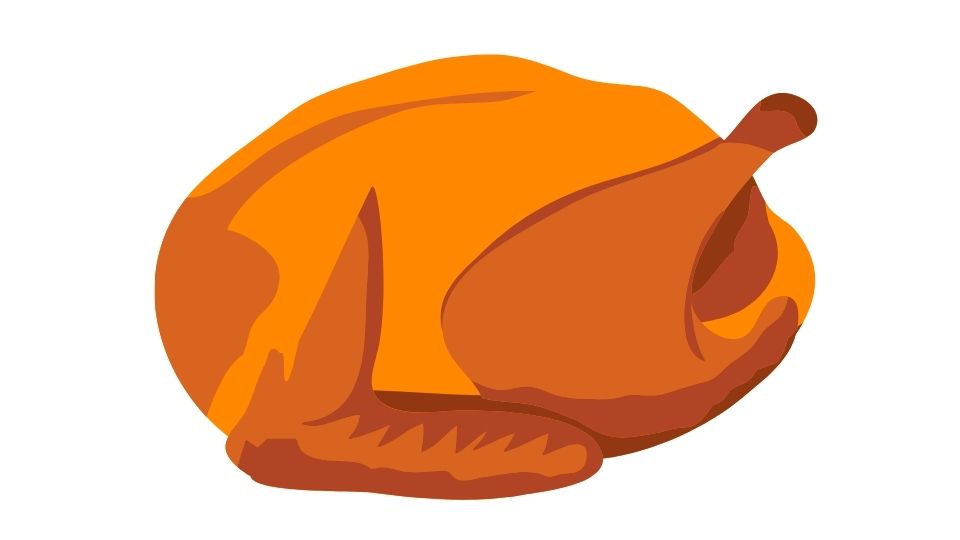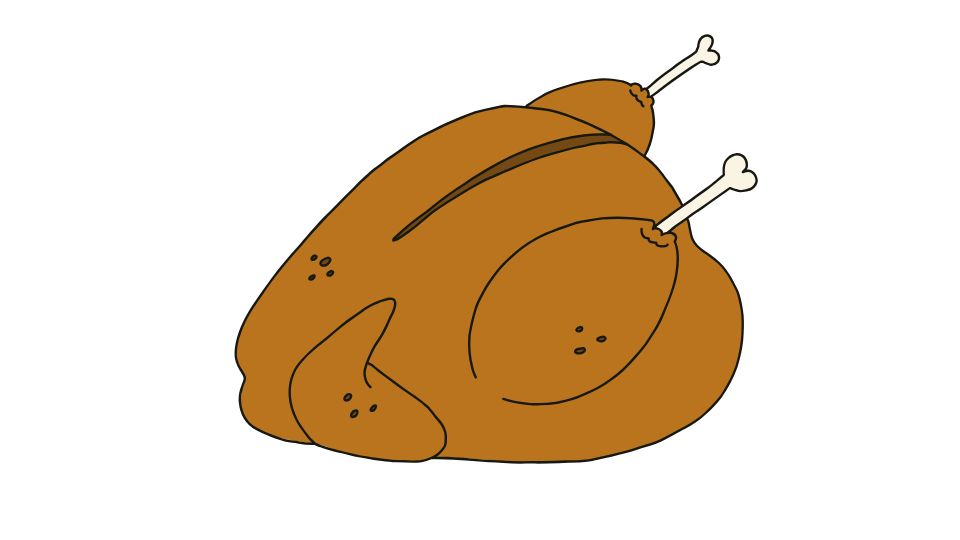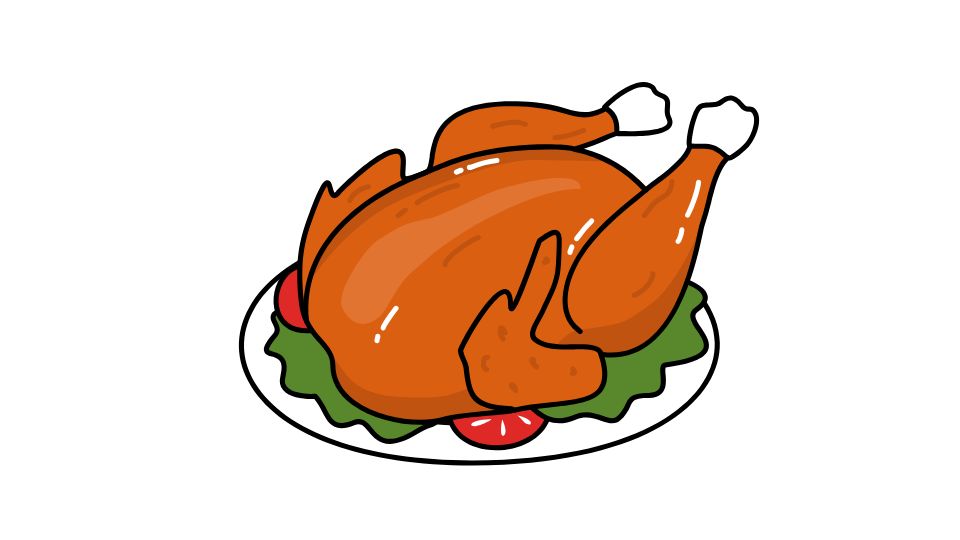Ever wondered exactly how much protein is packed into that pound of chicken breast sitting in your fridge? Let me break it down for you with some hard numbers and practical advice you can actually use.

The Protein Powerhouse: How Much Protein Is Really in Chicken Breast?
If you’re trying to hit your protein goals (and who isn’t these days?), chicken breast is probably a staple in your diet. But exactly how much protein are you getting when you toss that pound of chicken on the grill?
The Raw Numbers

One pound of raw, skinless, boneless chicken breast contains approximately 100-120 grams of protein. That’s a serious amount of muscle-building goodness in just one package!
But here’s where it gets interesting.
When you cook that chicken breast, something happens that most people don’t realize. The protein actually gets more concentrated as water evaporates during cooking.
So after cooking, that same pound will have around 80-85 grams of protein total (though the concentration per ounce is higher).
To put this in perspective:
- 100 grams (about 3.5 oz) of raw chicken breast = 22.5 grams of protein
- 100 grams of cooked chicken breast = 32 grams of protein
The math checks out when you consider that one pound equals 453.6 grams. Multiply the protein per 100g by 4.5, and you get your pound total.
What Affects Protein Content in Your Chicken?
Not all chicken breasts are created equal! Several factors can affect how much protein you’re actually getting:
Cooking Method – Baking, grilling, or boiling changes the water content and affects the protein concentration in the final product. Research from the Journal of Food Science shows that different cooking methods can alter nutritional profiles.
Skin & Bone Presence – This one’s obvious but worth mentioning. Boneless, skinless chicken breast has a much higher protein-to-weight ratio than bone-in or skin-on portions. The USDA Food Composition Database confirms this significant difference.
Chicken Quality – Where and how that chicken was raised actually matters! Pasture-raised chickens often have slightly different nutritional profiles than conventional ones.
Chicken Breast vs. Other Cuts: The Protein Showdown

If protein is your goal, chicken breast is the undisputed champion of the chicken world. Here’s how it stacks up:
- Chicken Breast: ~23g protein per 3.5oz, 106 calories
- Chicken Thighs: ~19g protein per 3.5oz, 144 calories
See the difference? Breast meat gives you more protein for fewer calories – that’s why bodybuilders and fitness enthusiasts swear by it.
Beyond just protein, chicken breast is packed with important nutrients like vitamin B6, niacin, phosphorus, and selenium according to nutrition research from Harvard Health.
Practical Application: Using This Info in Real Life

So what do you do with this information? Here’s how to apply it:
If you’re tracking macros (and not going crazy with it), you now know that:
- 1 pound raw chicken = ~100-120g protein
- 1 pound cooked chicken = ~80-85g protein
This means if you’re aiming for, say, 30g of protein in a meal, you’d need about 3-4oz of cooked chicken breast to hit that target.
For those serious about fitness goals, keeping track of this stuff matters. Research in the International Journal of Sport Nutrition shows that protein timing and total intake significantly impact muscle recovery and growth.
The Bottom Line

Chicken breast is a protein powerhouse that deserves its reputation. With 100-120g of protein per raw pound, it’s one of the most efficient ways to hit your protein targets while keeping calories in check.
Whether you’re building muscle, losing weight, or just trying to eat healthier, understanding exactly what’s in your food is the first step to success. And now you know exactly what’s in that chicken breast!
So next time someone asks “how much protein is in chicken breast?” – you can drop these knowledge bombs and sound like the nutrition expert you now are.




Leave a Reply